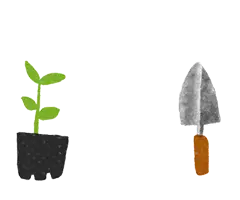Part 5General provisions
Offences and penalties
69Evidence of boundaries, etc
In any proceedings for an offence against this Act or any regulations under this Act the averment that any area is included in a wildlife sanctuary or wildlife refuge or wildlife management reserve or closed game area or wildlife district shall be sufficient without proof of that fact, unless the defendant proves to the contrary, and all plans, maps, licences, and copies certified as true under the hand of the Director-General or of any other officer of the Department to whom the Director-General has delegated the powers vested in him under this section, or of the Director or of any person to whom the Director has delegated powers vested in him or her under this section, shall be sufficient evidence of their contents without production of the original records and without the personal attendance of the Director-General or other officer, or the Director or other person, as aforesaid or proof of his signature.
Where in any Proclamation or Warrant or Order in Council or notification under the authority of this Act the boundary of any area is fixed by reference to the site of any post or landmark, proof that the approximate site set out in the Proclamation or Warrant or Order in Council or notification was at the date of the taking effect of the Proclamation or Warrant or Order in Council or notification, or at any date thereafter, marked by a post or landmark of the kind set out in the Proclamation or Warrant or Order in Council or notification shall be sufficient evidence for the purpose of any proceedings for an offence against this Act or any regulations under this Act that at all relevant times the boundary was so marked in accordance with the Proclamation or Warrant or Order in Council or notification.
Notes
- Section 69(1): amended, on , by section 7(a) of the Wildlife Amendment Act 1994 (1994 No 109).
- Section 69(1): amended, on , by section 7(b) of the Wildlife Amendment Act 1994 (1994 No 109).
- Section 69(1): amended, on , by section 84 of the Conservation Law Reform Act 1990 (1990 No 31).
- Section 69(1): amended, on , by section 65(1) of the Conservation Act 1987 (1987 No 65).
- Section 69(1): amended, on , by section 10 of the Wildlife Amendment Act 1980 (1980 No 17).


